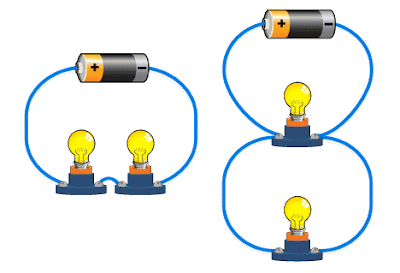Electromagnetism Recall that the motion of charges leads to magnetic fields. If you have charge traveling through a wire, electrons can be thought of as moving together – this causes a magnetic field, also known as electromagnetism. The magnetic field caused by a current passing through a wire is often small, but if you coil the wire upon itself, the magnetic fields “add up”. Several hundred turns of wire (with current running through it) can produced quite a strong electromagnet. A coil with current running through it can naturally react to a permanent magnet – if this is engineered well, we have a motor. See illustrations and demos in class. Below: basic motors Electromagnetic Induction So, current causes magnetism – something shown in the early 19 th century by Hans Oersted. As it happens, the reverse is also true – magnetism can cause current, but there must be some relative CHANGE in the magnetic field or location of conductor. There mus



